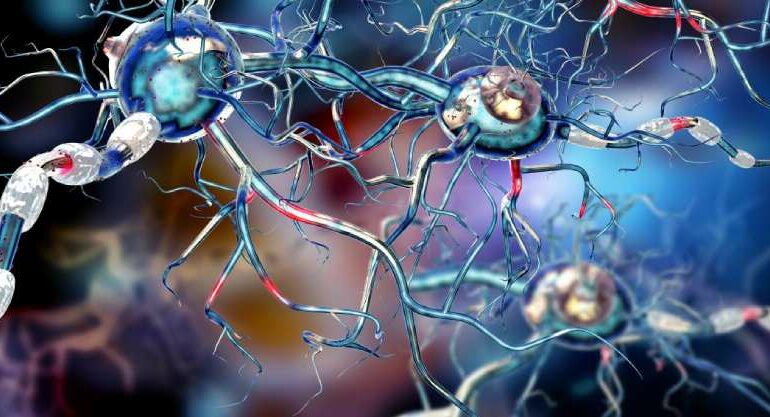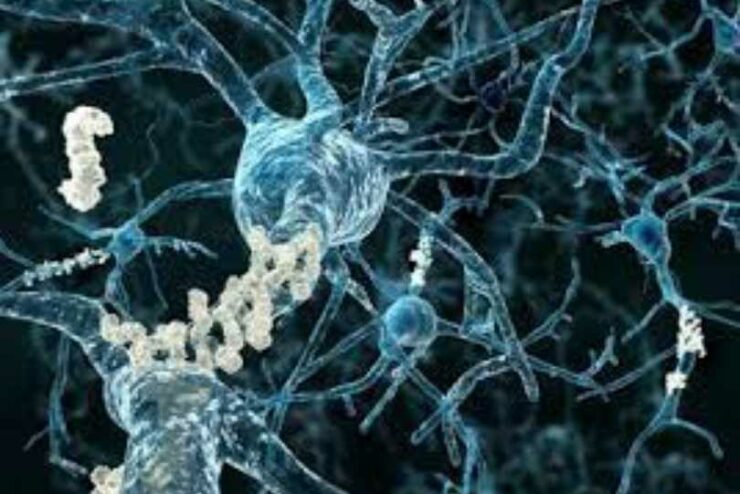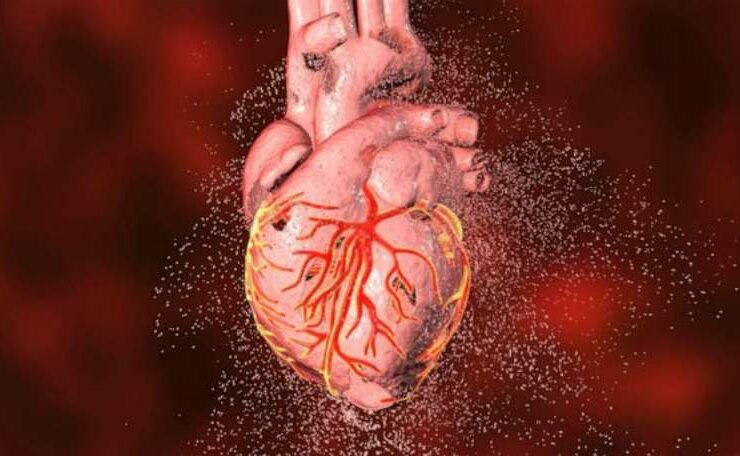Scientists have discovered the structure of the protein that causes Huntington’s disease, bringing us one step closer to solving one of the biggest mysteries in neuroscience. However, the discovery does not end the search for a cure that could end the disease at its source. This discovery may have ground-breaking implications for other neurodegenerative diseases as well, as similar proteins have been linked to Alzheimer’s disease.
Huntingtin (HTT) is the name of the protein in question. The polyglutamine (polyQ) stretch, an abnormally long strand of repeating amino acids within the structure of the HTT protein, is the result of a genetic mutation in Huntington’s disease. This sequence typically has between 17 and 20 repeats on average. There are frequently forty or more in Huntington’s disease. The disease’s symptoms, such as personality changes and movement disorders, begin to manifest earlier the more repeats there are.
The protein’s mutant form accumulates in the brain and folds into a toxic shape for cells. Amyloids are proteins that behave in this way and are linked to a variety of other diseases. Both Alzheimer’s disease and Parkinson’s disease are characterized by abnormal beta-amyloid protein clusters in the brain. Amyloidosis is a collection of a number of diseases brought on by the accumulation of various amyloid precursors throughout the body.
Although scientists were aware that this was taking place, they had no idea how. The Stowers Institute for Medical Research team is here to help.
Senior author Dr. Randal Halfmann said in a statement, “We’ve known that Huntington’s and related fatal diseases occur when proteins contain more than about 36 Qs in a row, causing them to form chains of proteins in the brain, but we didn’t know why.” The reason why disease and amyloid coexist in Huntington’s, Alzheimer’s, and ALS is a major mystery, even though amyloids are not the primary cause.
The co-first authors, Drs. Tej Kandola and Shriram Venkatesan, led the research team in figuring out the structure of the amyloid nucleus for the HTT protein, which is the “spark” that starts the misfolding of proteins.
Halfmann stated, “This is the first time anyone has experimentally determined the structure of an amyloid nucleus even though amyloids are associated with most major neurodegenerative diseases.”
The fact that the nucleus only forms in isolated proteins is crucial to this discovery. Amyloid formation could be completely stopped if the proteins can be clumped together in a way that changes how this devastating disease is treated.
The team used a brand-new method called Distributed Amphifluoric Förster Resonance Energy Transfer (DAmFRET), which was just developed in Halfmann’s lab. Scientists can observe how proteins self-assemble within a single cell and adjust the protein’s sequence to see what happens. Using this method, the group tried to figure out how many polyQ repeats HTT needed to start forming amyloid bundles within a single cell, a process called nucleation. The magic number, according to them? Thirty-six.
According to Halfmann’s explanation, “we now have strong evidence that 36 Qs is the critical number for nucleation to happen in single protein molecules, and moreover, that this is how it happens inside living cells.”
The team hopes that with this information, they will be able to look into ways to prevent nucleation, avoiding the harmful cascade of protein misfolding in the first place.
“We’ve now figured out what the first link in the chain looks like, and, in doing so, have discovered a new way to stop it,” as Halfmann put it.
Disclaimer: The views, suggestions, and opinions expressed here are the sole responsibility of the experts. No Marketwise Analytics journalist was involved in the writing and production of this article.




